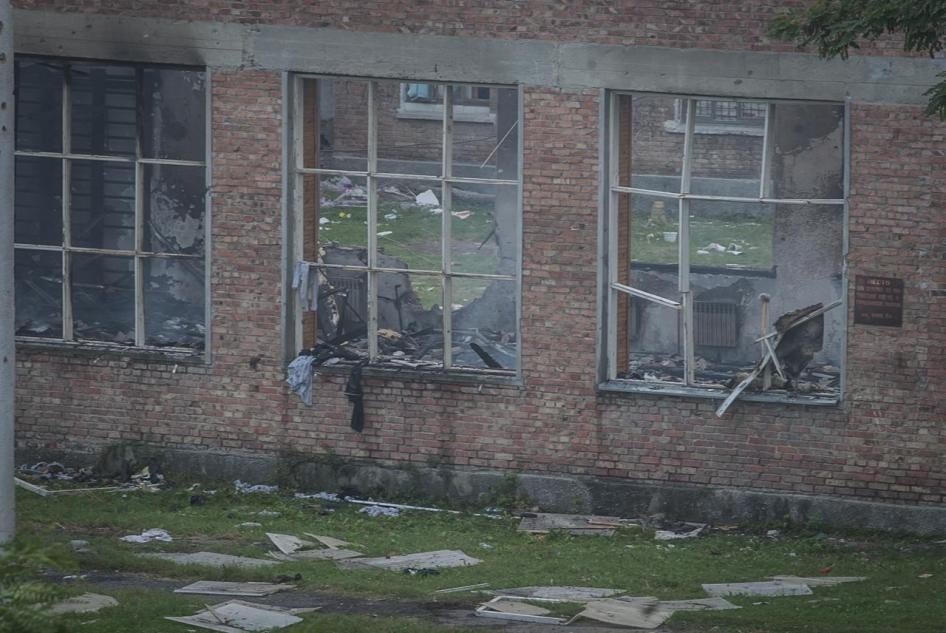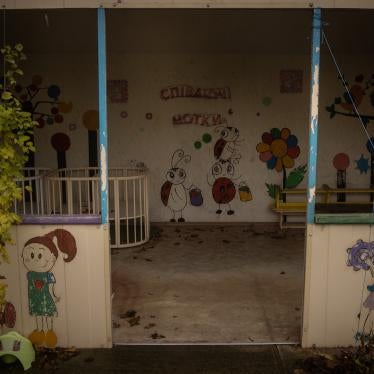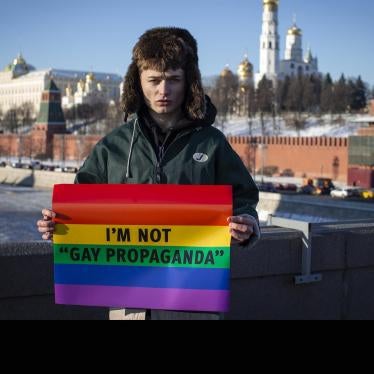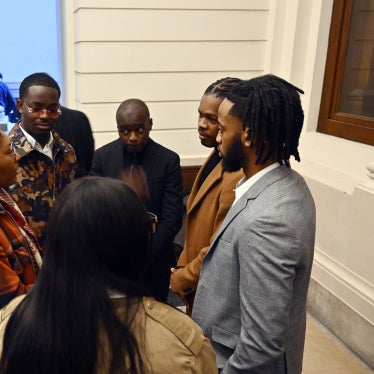The European Court of Human Rights found on 19 September that Finland violated its positive duty to protect the right to life of nine students and a teacher in a mass shooting at their vocational institute. It is only the second time that the court has dealt with a deadly violent incident at an education institution, but it should have influence even beyond Europe.
The court ruled that by not confiscating the attacker’s semi-automatic pistol after he made internet postings that cast doubts on his suitability to safely possess a weapon, Finnish police failed to observe a special duty of diligence incumbent on authorities. Such a duty existed, the court said, because of the particularly high risk to life inherent in any misconduct involving firearms.
It is impossible to read the European court’s decision without thinking of the United States, where school shootings are far more common than in Europe.
The court acknowledged that the information available to the local police before the shooting did not give rise to any reason to suspect a risk of an attack in the form of a school shooting. In this way, the court distinguished between this school shooting and the tragedy at School No. 1 in Beslan, Russia, in 2004, in which more than 330 civilian hostages, including over 180 children, lost their lives.
In a case brought by some of the victims’ families in the Beslan incident, the court found the Russian authorities indeed had sufficiently specific information about a terrorist attack against schools in the area planned for the first day of the academic year. The court found Russia responsible for violations of the right to life because it could be reasonably expected of a government under such circumstances to deploy preventive and protective measures for schools.
While certain security measures had been taken, the court characterized them as inadequate. The security arrangements at Beslan’s School No. 1 were not reinforced. The police failed to take sufficient measures to reduce the risks. No warning was given to the school administration. And no single sufficiently high-level entity was designated to handle the situation.
In the case against Finland, however, even though there was no reason for police to suspect a school attack, the court found that the authorities had preventative obligations because a concerned citizen had alerted local police to internet postings made by the 22-year-old student who carried out the attack. These included photos of himself with his handgun accompanied by texts about war and dying. The postings also included evidence that he had joined an online group about the shooting at Columbine High School in the United States in 1999, and showed him appearing to imitate in clothing and gestures the person responsible for an earlier shooting, at a high school in Jokela, Finland, in 2007.
Within three days of the tip-off, the police called the future-perpetrator in for a 15-minute interview and gave him a verbal warning. However, the police concluded that nothing had emerged to justify withdrawing his firearm license or taking his weapon.
It was this last decision by police that the court found at fault. Seizing the weapon as a precautionary measure would not interfere significantly with any of the gunman’s other human rights, the court found. Considering, “the particularly high level of risk to life inherent in any misconduct involving the use of firearms,” the court concluded that the authorities had not “observed the special duty of diligence incumbent on them.”
Accordingly, the court found, by a vote of six to one, that Finland had violated the right to life as guaranteed by the European Convention on Human Rights. The court awarded each of the 10 families of the deceased 30,000 euros (US$35,000) in damages, plus additional expenses.
A different constitutional arrangement in the United States makes it almost impossible to imagine their domestic courts as easily dismissing any counter claim by an individual to retain a firearm. But it should give US officials pause.
There, one reckoning counted 180 shootings of individuals in kindergartens and elementary, middle, and high schools between 2009 and 2018, killing 114 people and injuring 242. Another effort, using a slightly different methodology and sources, counted 419 shooting incidents in schools during the same years, killing 139 and injuring 380.
One research initiative tracking mass shootings in the United States assessed that since 2009 there have been 90 mass shooting incidents, killing 536 people and wounding 250, following what it deemed “dangerous warning signs” by the person who carried out the attack. These included engaging in recent acts or threats of violence or violating a protection order. The study concluded that those 90 incidents where the shooter exhibited dangerous warning signs, represented 54 percent of all mass shootings during those years.
The European Court’s decision delivers a powerful new perspective on government’s human rights obligations to prevent gun violence, such as school shootings, when there are warning signs. The ruling sets a high standard for governments but does so to save lives. If other international and regional treaty bodies and domestic courts follow suit, they could too.









